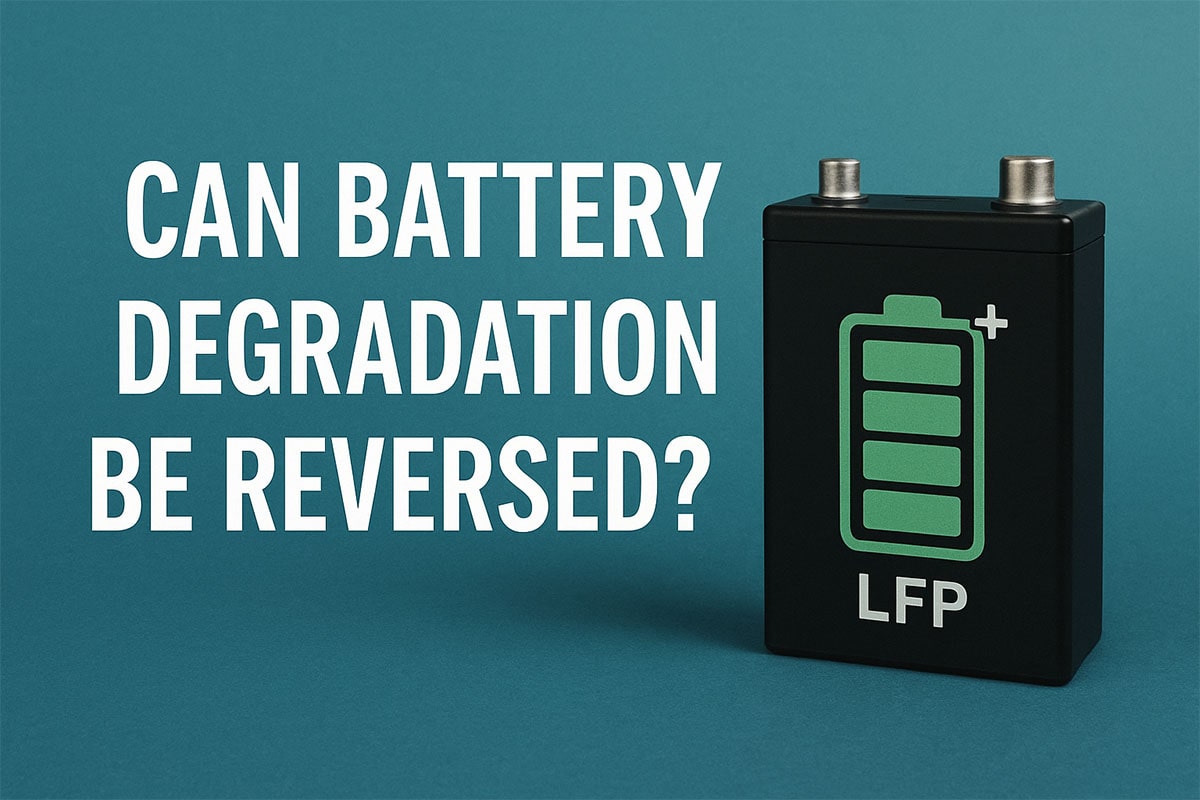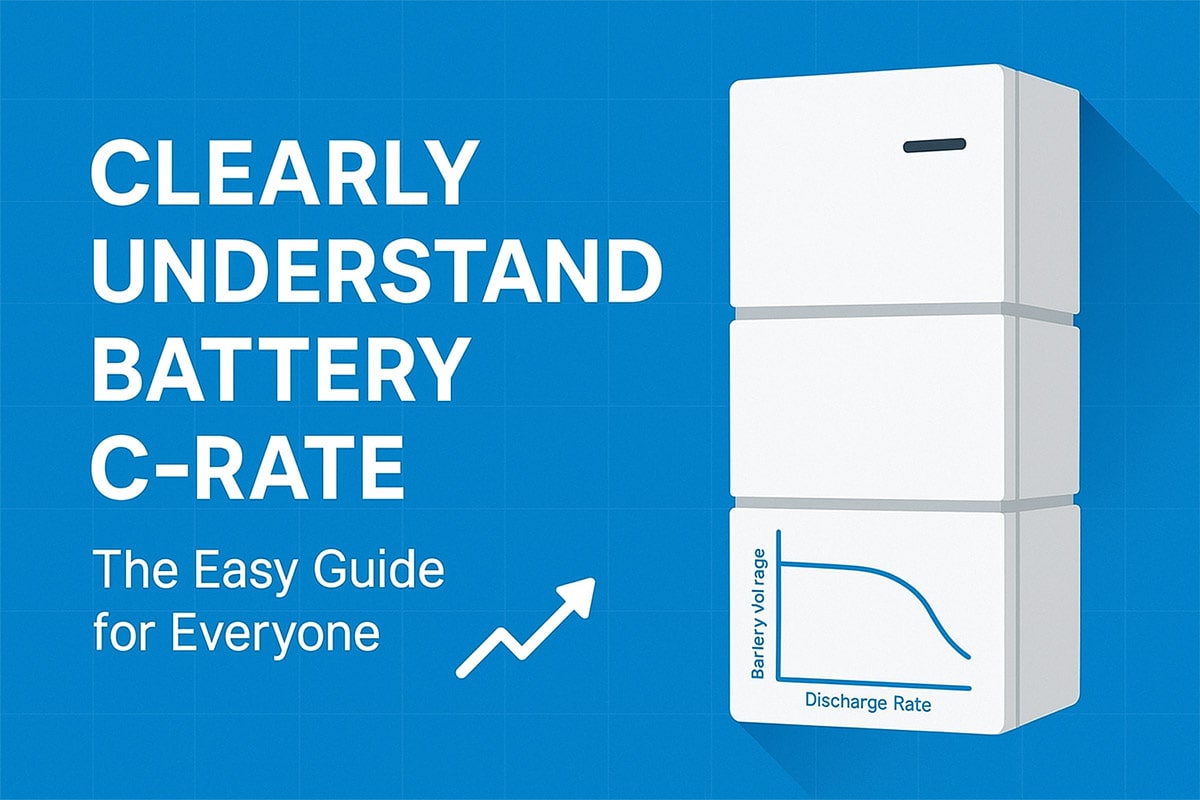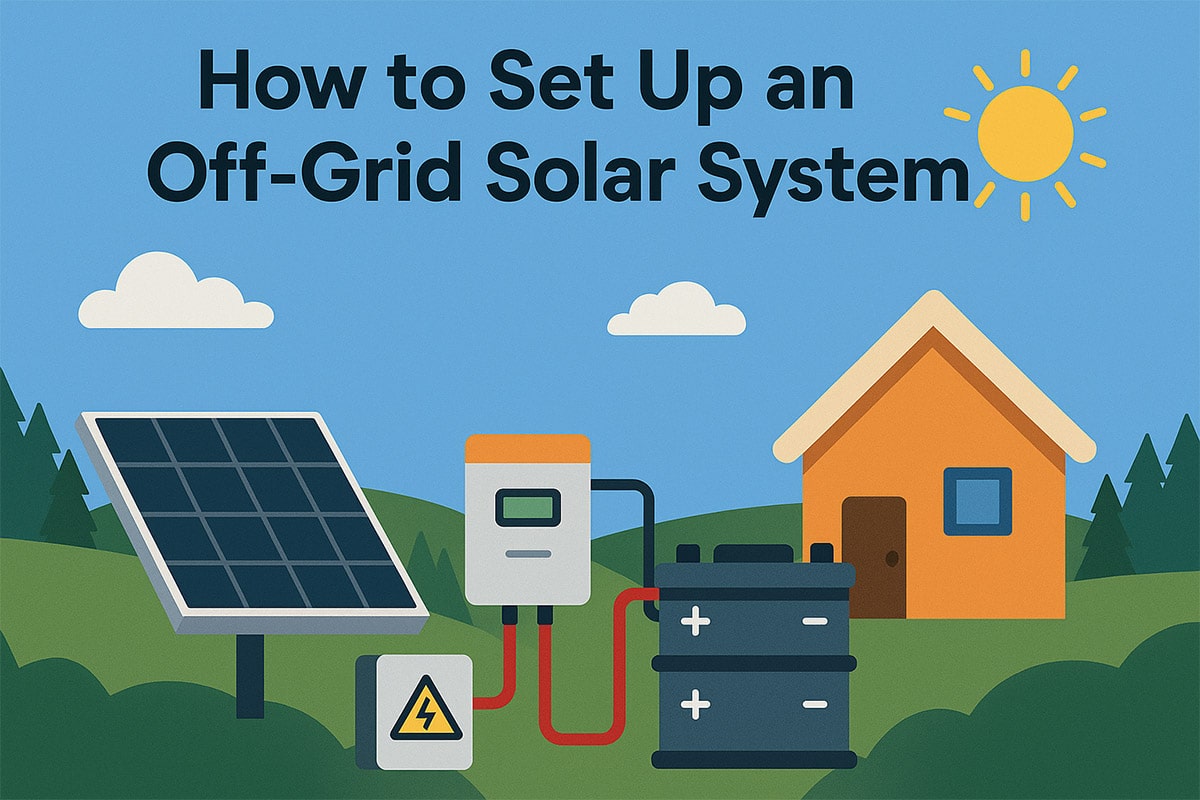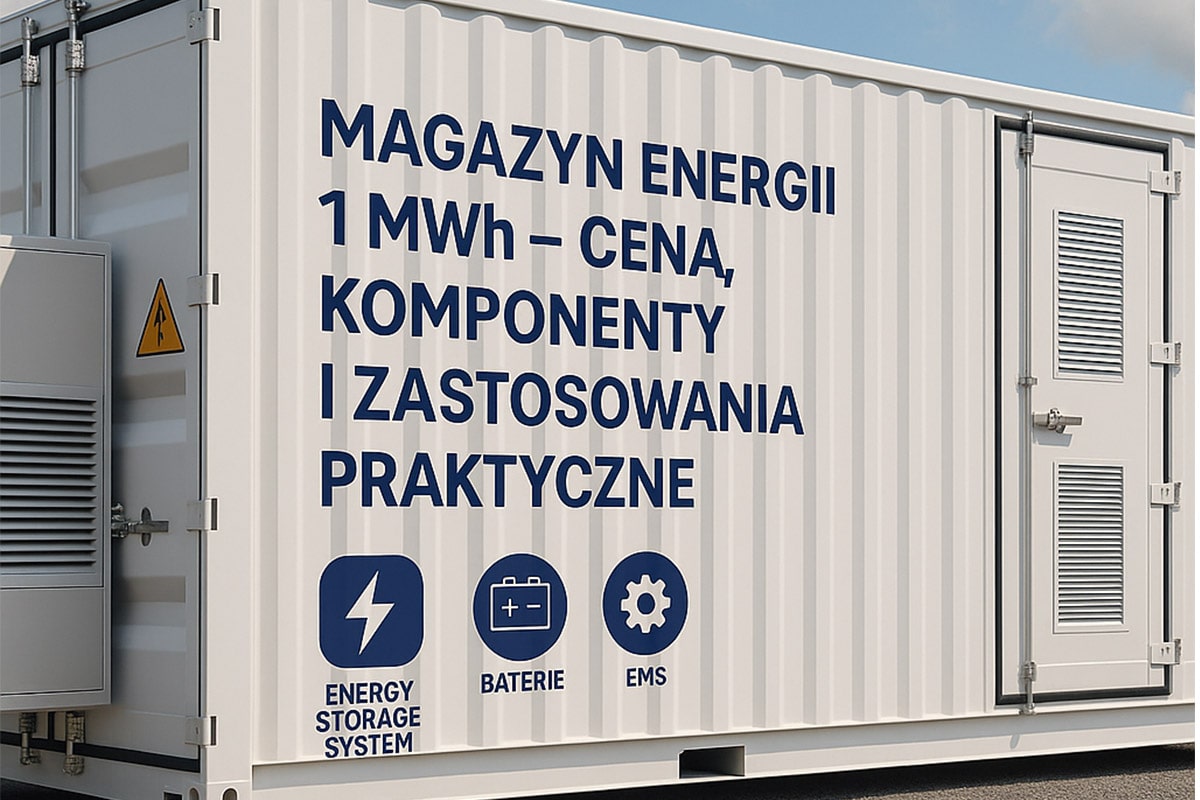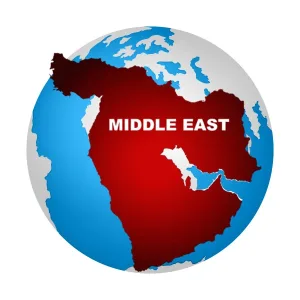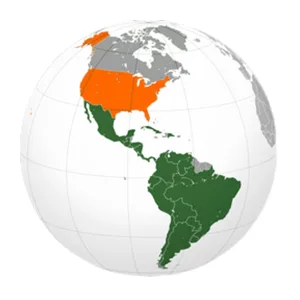Introduction to the Advantages and Disadvantages of the Three Types of Photovoltaic Inverters
Introduction to the Advantages and Disadvantages of the Three Types of Photovoltaic Inverters
As an important part of photovoltaic power generation, the inverter mainly converts the direct current generated by photovoltaic modules into alternating current. At present, common inverters on the market are mainly divided into centralized inverters and string inverters, as well as trendy distributed inverters. Today, the editor will talk about the characteristics of each of the three inverters.
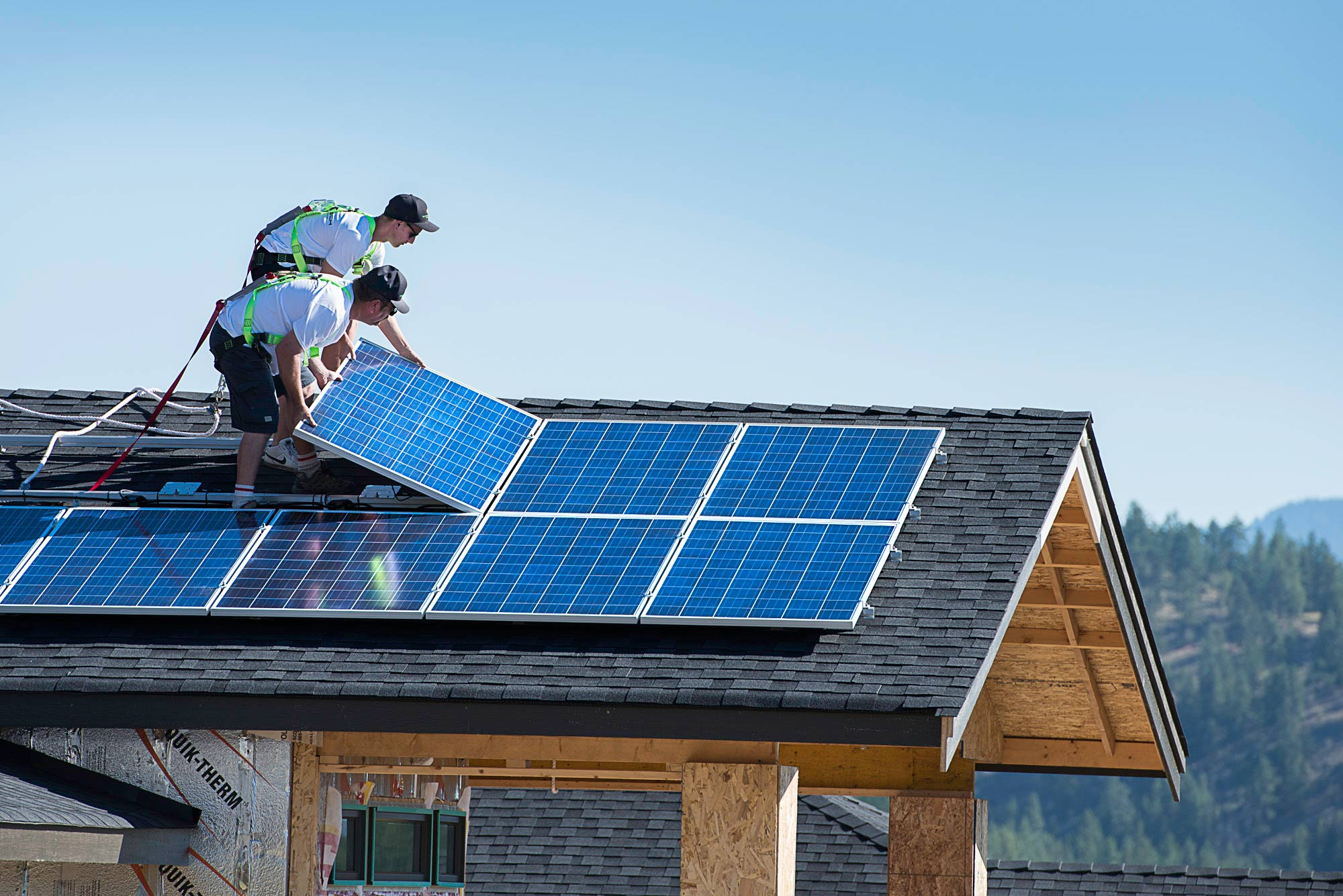
1. Centralized inverter
As the name implies, the centralized inverter converts the direct current generated by photovoltaic modules into alternating current for step-up and grid connection. Therefore, the power of the inverter is relatively large. Centralized inverters of more than 500kW are generally used in photovoltaic power plants.
The advantages of centralized inverters are as follows:
- Large power, small quantity, easy to manage; few components, good stability, easy to maintain;
- Less harmonic content, high power quality; complete protection functions, high safety;
- With power factor adjustment function and low voltage ride-through function, the power grid has good regulation.
The centralized inverter has the following problems:
- The MPPT voltage range of the centralized inverter is narrow, and the operation of each component cannot be monitored, so it is impossible to make each component at the best working point, and the component configuration is not flexible;
- The centralized inverter occupies a large area, requires a dedicated machine room, and the installation is not flexible;
- The power consumption of itself and the ventilation and heat dissipation of the computer room are large.
2. String inverter
As the name suggests, the string inverter converts the direct current generated by photovoltaic modules directly into alternating current, then boosts the voltage and connects to the grid. Therefore, the power of the inverter is relatively small. PV power plants generally use string inverters below 50kW.
Advantages of string inverters:
- It is not affected by module differences between strings and shadow shading, and at the same time reduces the mismatch between the optimal operating point of the photovoltaic cell module and the inverter, and maximizes the power generation;
- The MPPT voltage range is wide, and the module configuration is more flexible; in rainy days and areas with a lot of fog, the power generation time is long;
- Small size, small footprint, no special machine room, flexible installation;
- Low self-consumption and little impact of failure.
There are problems with string inverters:
- The electrical clearance of power devices is small, which is not suitable for high altitude areas; there are many components, integrated together, and the stability is slightly poor;
- Outdoor installation, wind and sun can easily lead to aging of the shell and heat sink;
- The number of inverters is large, the total failure rate will increase, and the system monitoring is difficult;
- Without the design of isolation transformer, the electrical safety is slightly poor, and it is not suitable for the negative grounding system of thin film modules.
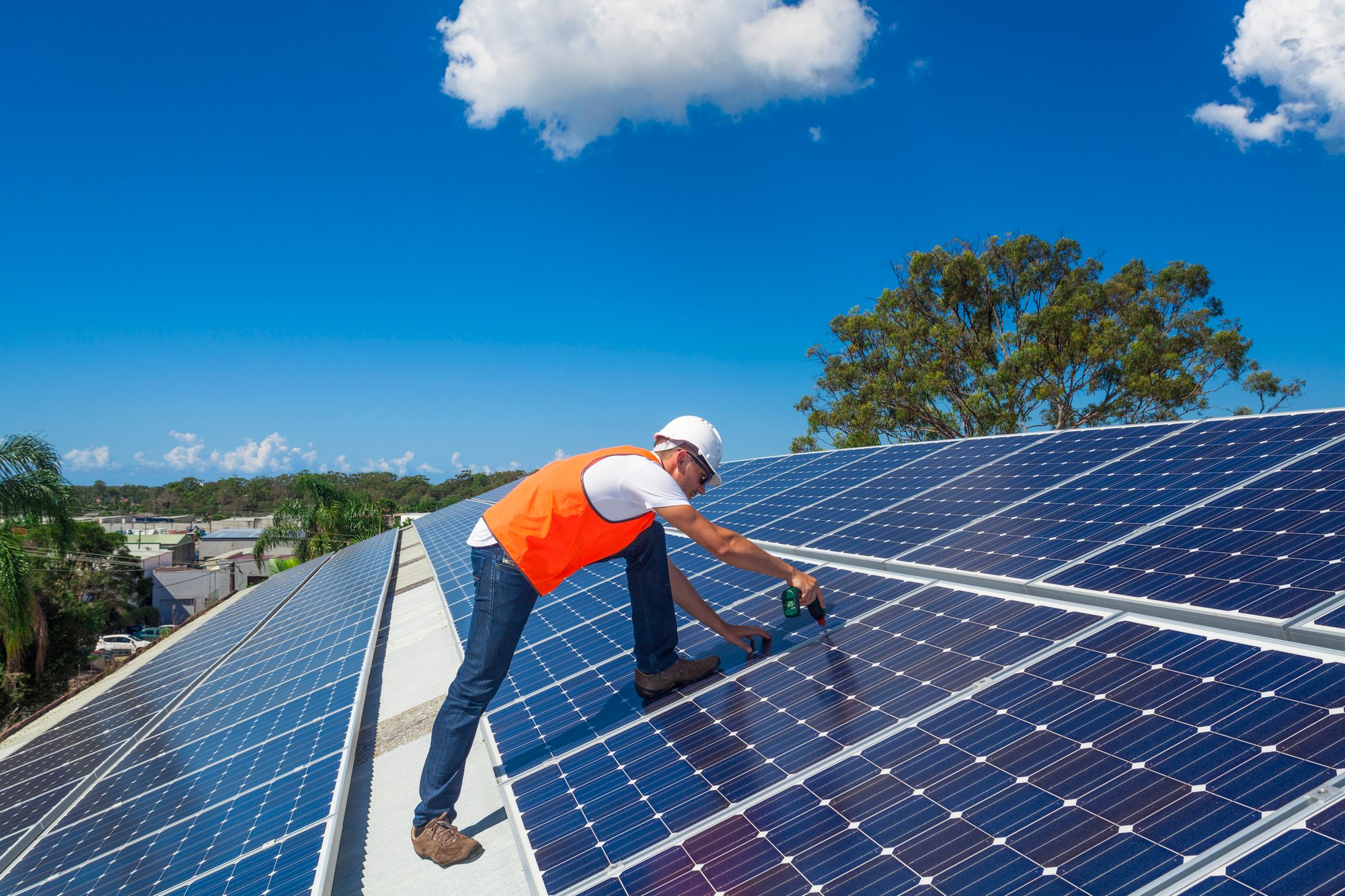
3. Distributed inverter
The distributed inverter is a new inverter form proposed in the past two years, and its main features are “centralized inverter” and “decentralized MPPT tracking”. The distributed inverter is a product that combines the advantages of the centralized inverter and the string inverter, and achieves the low cost of the centralized inverter and the high power generation of the string inverter. “.
Advantages of distributed inverters:
- Compared with the centralized type, “decentralized MPPT tracking” reduces the probability of mismatch and increases the power generation;
- Compared with the centralized type and the string type, the distributed type inverter has a boost function, which reduces the line loss;
- Compared with the string type, “centralized inverter” has more advantages in terms of construction cost.
Distributed inverter problem:
- Less engineering experience. Compared with the previous two categories, it is still a new form and has relatively few applications in engineering projects;
- Features such as safety, stability and high power generation still need to undergo engineering project inspection;
- Due to the use of “centralized inverter”, the shortcomings of large footprint and the need for a dedicated machine room also exist in the distributed inverter.

